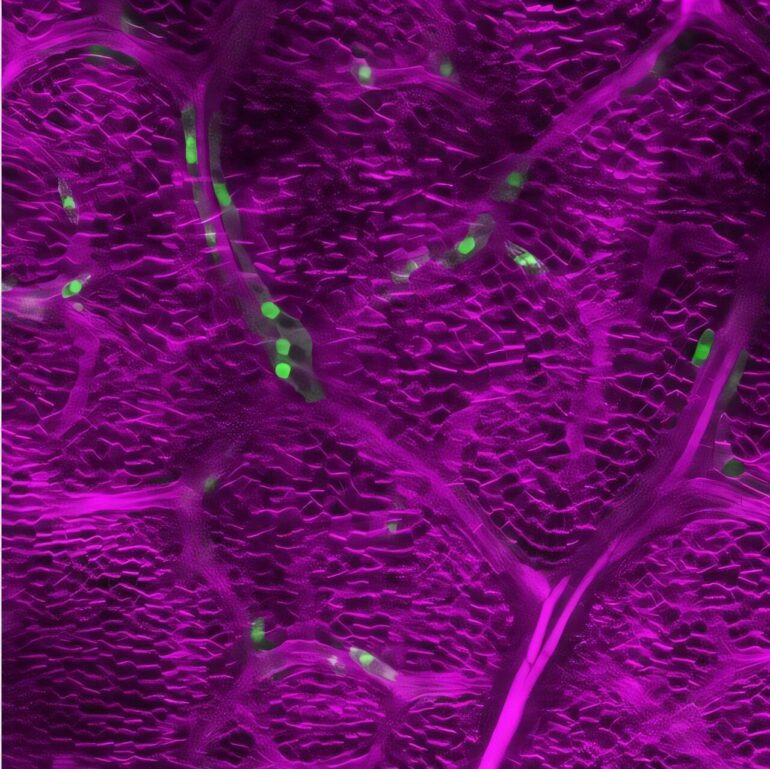Throughout evolution, plants have continuously adapted to survive in changing environments. Apart from complex structural changes, plants have also developed various defense strategies against herbivores, including tougher protective layers, thorns, and chemical deterrents.
Delving deeper into the evolution of defense mechanisms, a research team led by Assistant Professor Makoto Shirakawa from Nara Institute of Science and Technology (NAIST), identified a surprising genetic adaptation in the Brassicales plant order. In these cruciferous plants—including cabbage, mustard, and wasabi—genes originally used for gas exchange have been repurposed for defense.
The researchers uncovered the unique mechanism behind this evolutionary adaptation. Their findings were published in Nature Plants. The research team included Toshiro Ito from NAIST, and others.
According to the study, FAMA, a protein primarily responsible for regulating gene expression for gas exchange, serves a dual role for cruciferous plants. Beyond controlling stomatal (tiny pores for gas exchange) guard cells, FAMA also helps to produce myrosin cells—the specialized structures that store mustard oil compounds. So, when a plant is damaged, these compounds create a sharp, pungent taste that repels herbivores.
“We identified a specific gene called WASABI MAKER (WSB), which is directly activated by FAMA and is the key trigger for the development of myrosin cells,” said Dr. Shirakawa.
“When we studied the plants without WSB, we found that these defense cells failed to form, confirming its essential role in myrosin cell production.”
Additionally, the researchers identified another gene called STOMATAL CARPENTER 1 (SCAP1), which is also a target for FAMA. This gene collaborates with WSB in regulating guard cell development, but its role in myrosin cell formation appears to be secondary.
Evolutionary analysis suggests that these genetic pathways originally helped regulate stomatal development but were later repurposed for defense in Brassicales. “This discovery is particularly interesting because it highlights how gene repurposing allows plants to develop new survival strategies without evolving entirely new genes,” adds Ito.
This remarkable discovery offers promising avenues for improving crop yield. Modifying key genetic regulators like FAMA could help enhance the chemical defense in crops and vegetables, avoiding pest damage. Additionally, since FAMA also controls gas exchange, it can be optimized for efficient uptake of carbon dioxide in plants.
Moving forward, the researchers aim to uncover the mechanism of how plants have evolved to produce such a diverse range of specialized cells.
Highlighting the significance of their research, Dr. Shirakawa concludes, “Beyond offering new insights for crop improvement strategies, we believe our future work will help answer one of biology’s most fundamental questions: How have plants achieved such remarkable diversity with a limited number of genes?”
More information:
Makoto Shirakawa et al, Co-option and neofunctionalization of stomatal executors for defence against herbivores in Brassicales, Nature Plants (2025). DOI: 10.1038/s41477-025-01921-1
Provided by
Nara Institute of Science and Technology
Citation:
Cruciferous plants’ pungent defense mechanism: How repurposed stomatal genes also fend off herbivores (2025, March 28)



